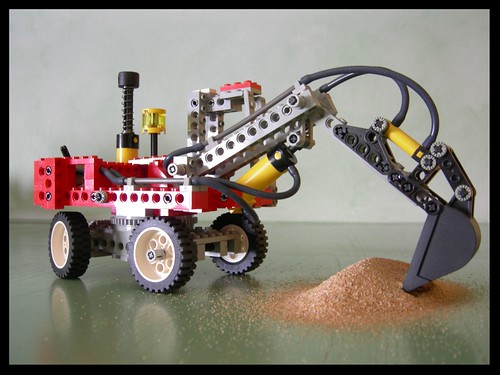 "Toys
"ToysWhat might seem a bargain may end up costing you and your kids dearly.
The dangers: Fake toys are often poorly made and break easily, posing a choking hazard.
How To Spot A Fake: Look for the BSI Kite, CE and Lion quality marks which show the toy has passed rigorous safety tests. Also make sure toys come in quality sealed packaging.
Medicines
Sales of counterfeit medicines have rocketed thanks to the net, which allows illegal pharmacies to sell dangerously substandard medicines.
A study carried out by the Royal Pharmaceutical Society Of Great Britain found around half of Viagra samples bought online were fake.
The dangers: Fake medicines may contain some of the correct ingredients but they're not licensed or regulated and could cause prolonged illness, unexpected side effects and, in the worst cases, death.
How To Spot A Fake: Fake medicines are hard to spot but check that batch numbers and expiry dates correspond. Look for faded packaging and question large discounts.
Cigarettes
You might think cut-price cigarettes are cheap because they're imported but in China alone 100billion fake fags are produced each year.
The dangers: Fake cigarettes often contain much higher levels of nicotine and tar than legitimate ones and produce more carbon monoxide. They can also be contaminated with substances such as plastics, wrapping materials and even sand.
How To Spot A Fake: Packaging usually resembles the real thing but look for spelling mistakes in the small print on the box.
Other clues are foreign or misspelt safety warnings - or none at all. The box construction and quality of paper and glue are often noticeably inferior.
You might think you're getting a bargain but when it comes to alcohol you don't know what you're drinking.
The dangers: Fake spirits can contain high levels of methanol, a chemical that can cause liver damage, blindness, coma and even death.
How To Spot A Fake: Examine the quality and cleanliness of cartons, bottles and labels. Look for spelling and artwork mistakes, especially brand logos and designs. Check the bottle's anti-tamper device is intact and be wary of brands you don't recognise."
Read the full story hereLego Photo Credit
Vodka Photo Credit

